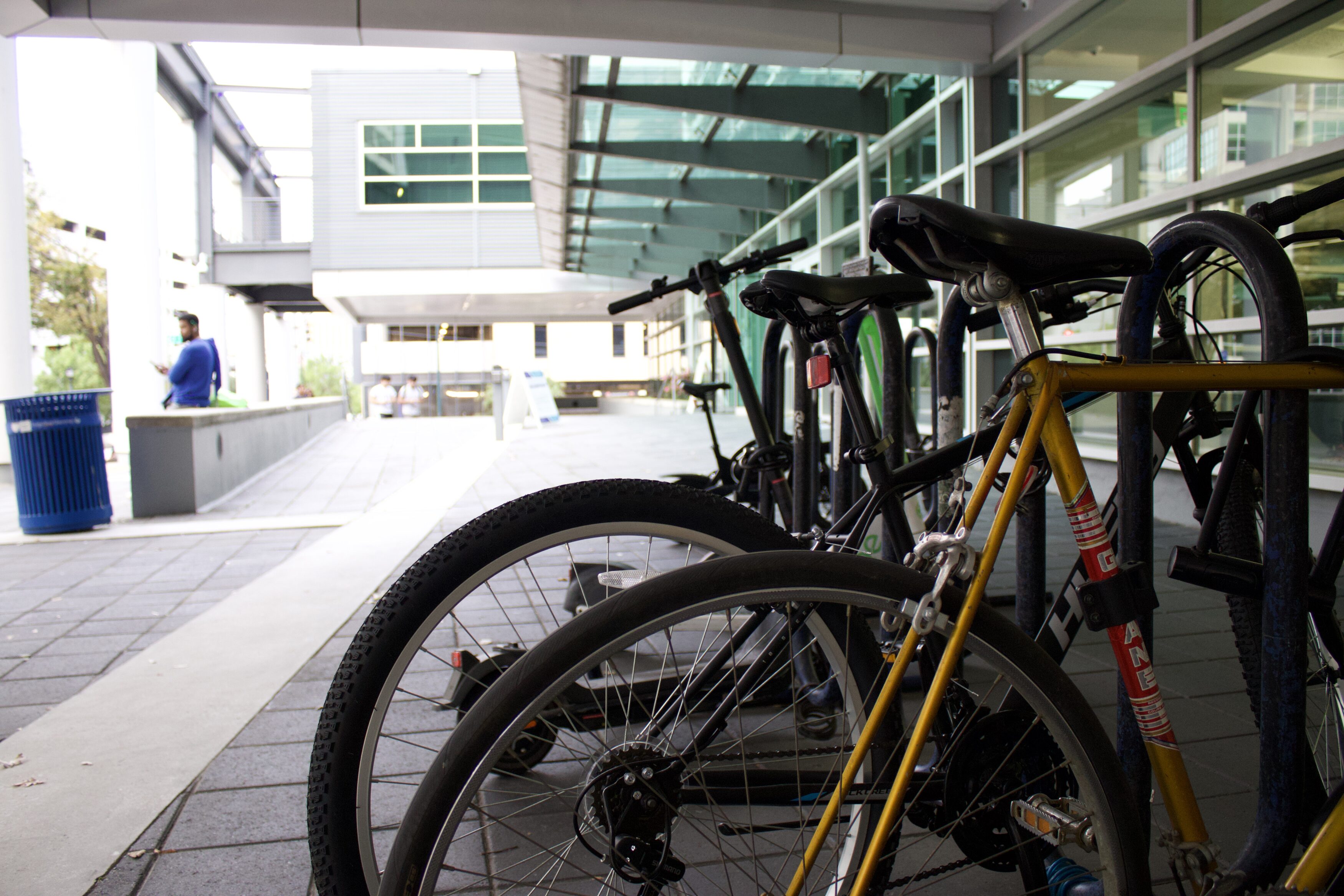
As more and more Americans become increasingly aware of the effects of climate change, there is a rising urgency to adopt a more sustainable lifestyle. This is especially true in the area of transportation, given that it stands as the United States’ number one source of greenhouse gas emissions.
Cars and trucks are specifically mentioned by the United States Environmental Protection Agency as the main greenhouse gas emitters. This has led many environmental organizations and environmentalists to urge Americans to switch from gas vehicles to electric vehicles instead, as they are considered to produce nearly 70% fewer greenhouse emissions.
However, even though the environmental damage caused by electric vehicles when compared to gas-powered vehicles is relatively lower, they are still actively contributing to environmental damage. EVs symbolize only a small step in the right direction for a greener future, and with the serious consequences of global warming already unraveling, Americans need to begin exploring alternative methods.
Before delving into what alternative approaches can be fostered to help create a more sustainable future for the United State’s transportation system, it is important to understand the ecological harm that electric vehicles are currently generating.
The first issue with promoting the sales of electric vehicles is seen when realizing that most Americans cannot simply discard the gas-powered cars that they already own and swap over to electric vehicles. Not only is this financially irresponsible and virtually impossible to do for the majority of working-class Americans, but it is also a backhanded approach to being sustainable.
The idea that Americans will simply stop using their gas-powered vehicles brings forth the problem of what they will do with that vehicle: are they selling it to someone else, thus continuing the emission cycle of that car, or are they letting it sit in the back of their garage?
The answer for over two-thirds of EV buyers is none of the above, and instead a secret third thing: they are still using their gas-powered cars even after their new EV purchase – and even admit to using their gas vehicle more often. This completely demolishes the initial reason for reducing GHG emissions, and instead adds to the problem.
Another issue that needs to be taken into account is EV’s electric-powered batteries as opposed to a gas car’s internal combustion engine. While the latter allows the driver to completely avoid churning out harmful tailpipe emissions, the manufacturing of these batteries produces serious environmental obstacles. Challenges include the mining of minerals such as lithium, cobalt, copper and nickel to create these batteries, then their production process and finally, the ways they are discarded. These minerals are extremely rare and thus require processes that generate a multitude of extremely damaging consequences for both the workers and the environment. Some of these dangerous outcomes can result in creating dangerous working conditions for workers, the continuation of child labor, water depletion, soil contamination, topsoil removal and deforestation.
Now that we have covered the not-so-green consequences that can arise from the promotion of electric vehicles, we can move on to what can truly help the environment: creating more walkable cities and providing citizens with more access to public transportation.
The United States is notoriously known for its endless concrete roads and automobile-dependent areas. With the environment being in the state that it is, we must begin to implement better, more accessible methods of transportation that allow citizens to easily reach their necessary needs like groceries, pharmacies and educational buildings within walking or biking distance.
Introducing the United States to these structures will result in a myriad of environmental benefits – much more than what electric vehicles can accomplish. Providing citizens with a walkable environment is estimated to reduce greenhouse gas emissions by 4 tons a year in comparison to maintaining the car-dependent residential areas we currently live in.
Walkable cities signify the administration of pedestrian-oriented areas, which will result in reduced air pollution, as there would be fewer gas-powered vehicles on the road. This will also improve water management because walkable city infrastructure often includes adding greener areas including bioswales – channels created to get rid of pollution and debris from stormwater runoff – and light imprint – the implementation of greener neighborhoods by creating better water and storm runoff systems as well as creating natural drainage techniques.
What’s more, the creation of walkable areas is likely to increase walking to public areas such as parks. This occurred in Copenhagen, where outdoor activity increased 3 times more than before after the introduction of more pedestrian-centered spaces. According to the Congress for New Urbanism, providing amenities such as bike lanes, parklets, wider sidewalks and public events grants people the right to explore their surroundings without feeling confined to their automobiles.
Once people begin to realize that the infrastructure around them allows them to access their daily needs without only a car, they will be able to use alternative transportation, which will create communities with more bikers, cyclists and people who take buses or trains.
Therefore, a very important aspect of these walkable cities lies in fortifying a more accessible and larger public transportation network across the country. Through bolstering more public transit, the green goals of walkable cities will be fortified due to a further reduction in carbon footprints.
Taking the initiative to conduct a vast shift in American infrastructure by increasing walkable areas and public transportation is the pivotal stride that is so desperately needed in these challenging times. This approach offers a much more comprehensive and altruistic path toward sustainability than electric vehicles alone can achieve.
If this country truly wants to reach a greener future, then it must promote fewer car sales and instead shift its focus on building better, more sustainable infrastructure and accessible public transportation for all citizens.
